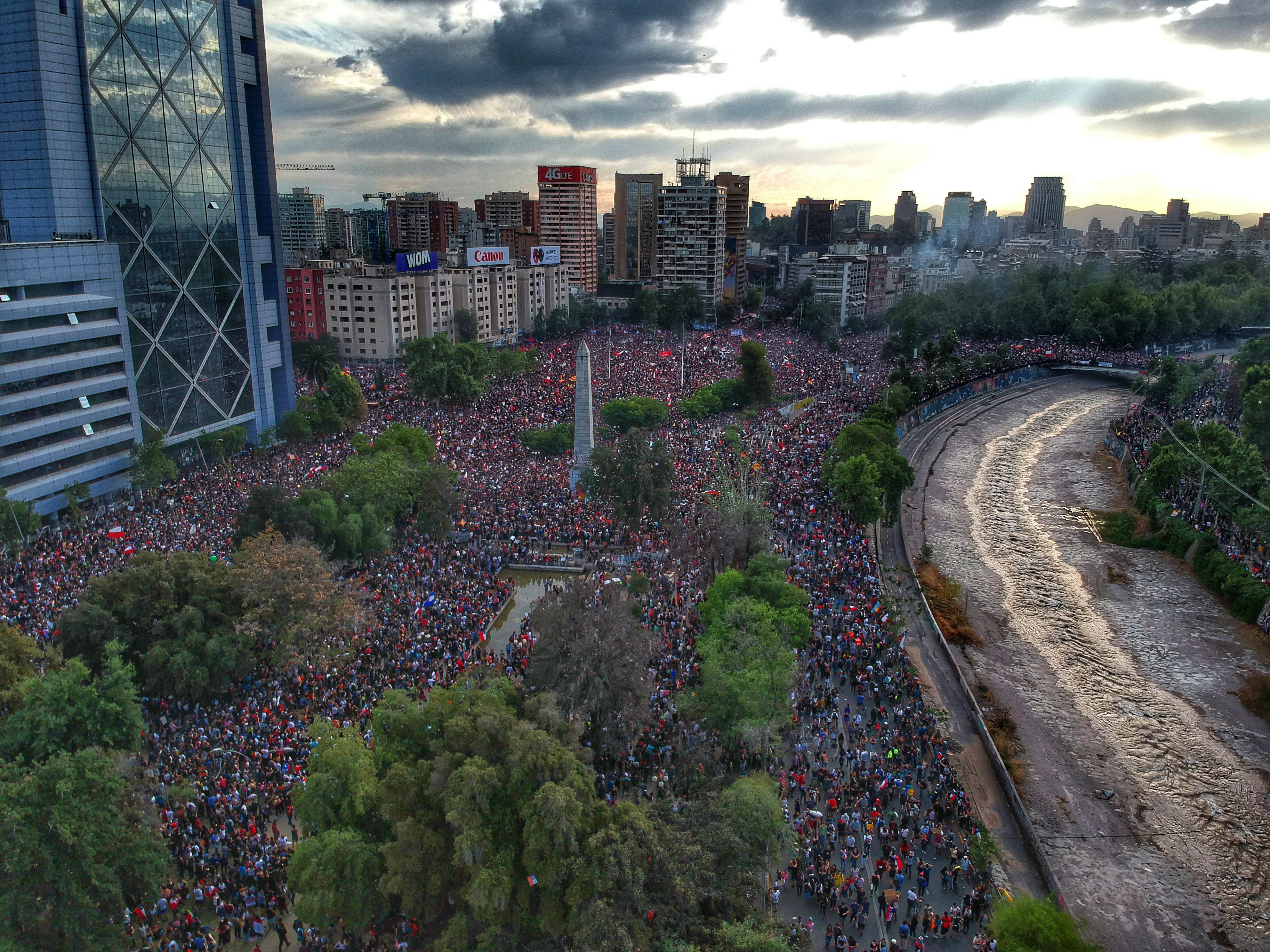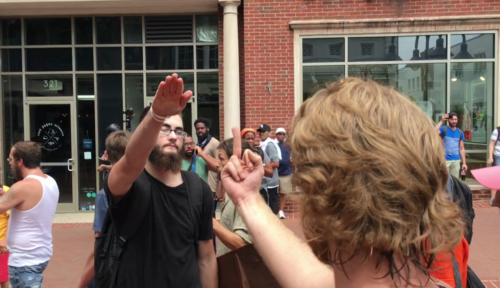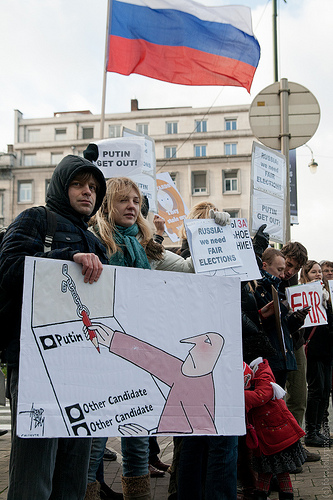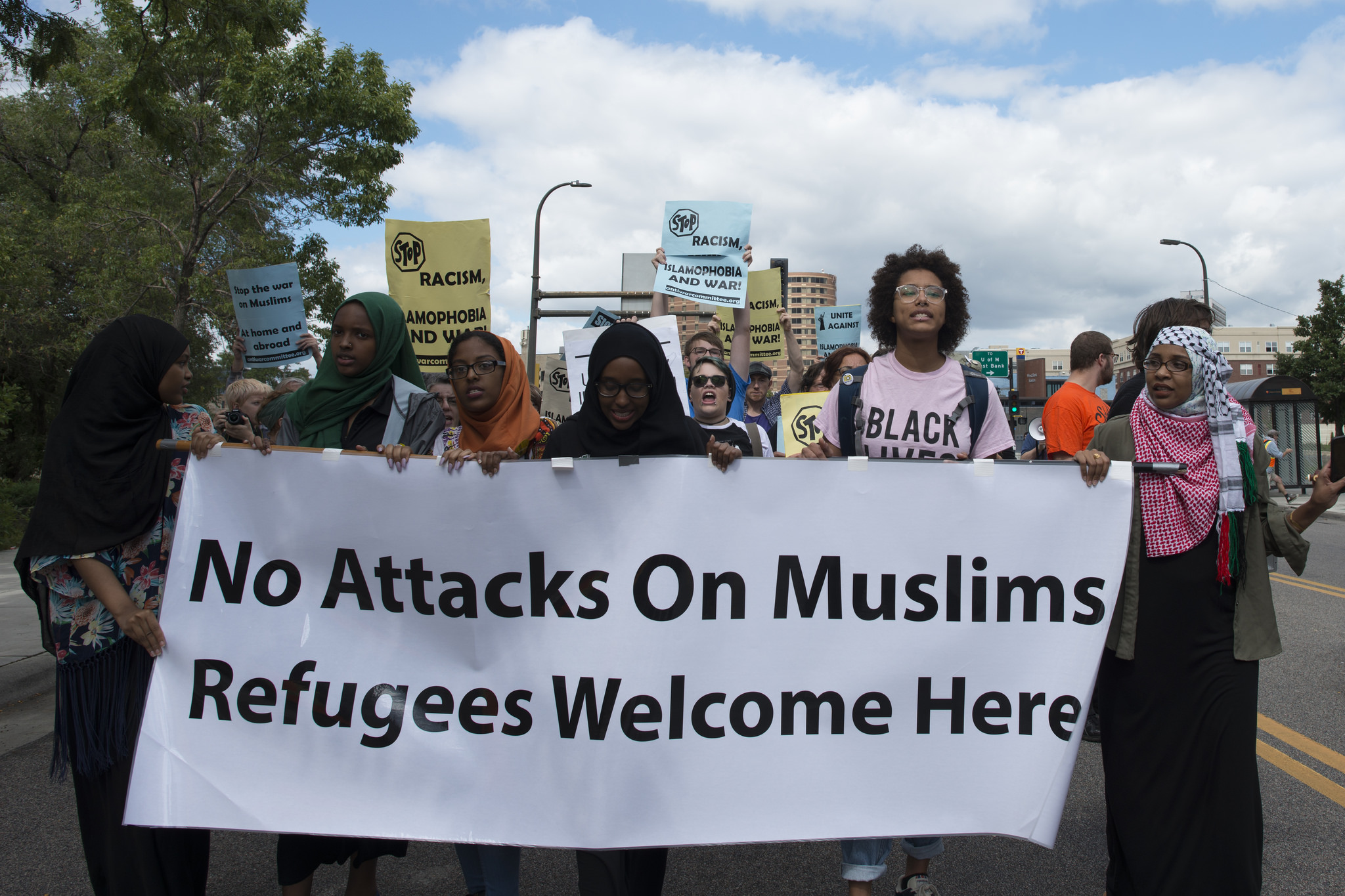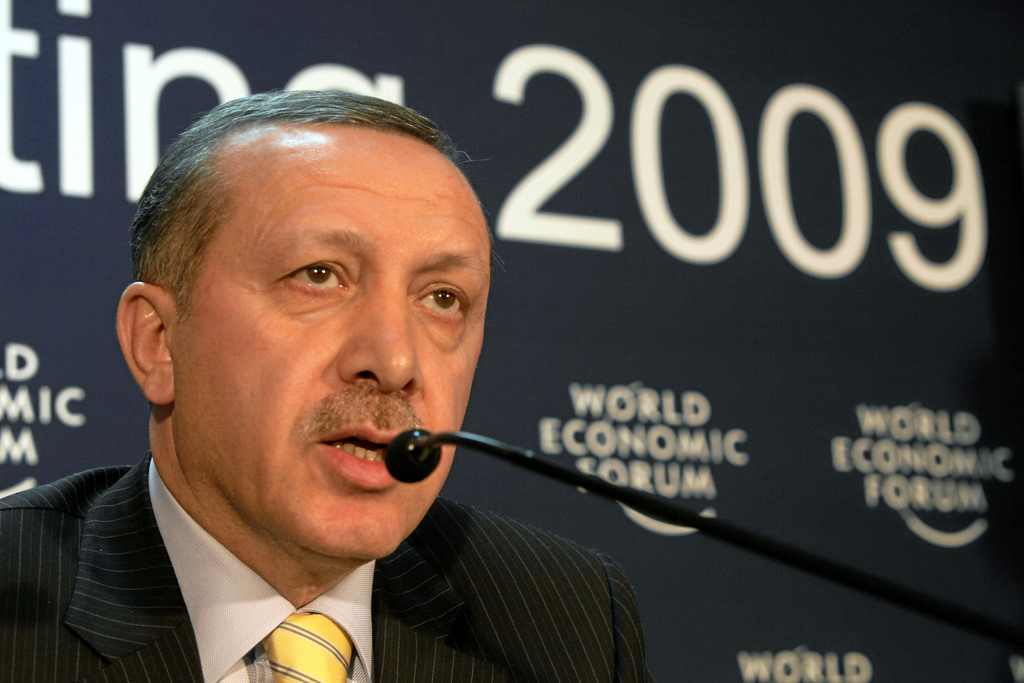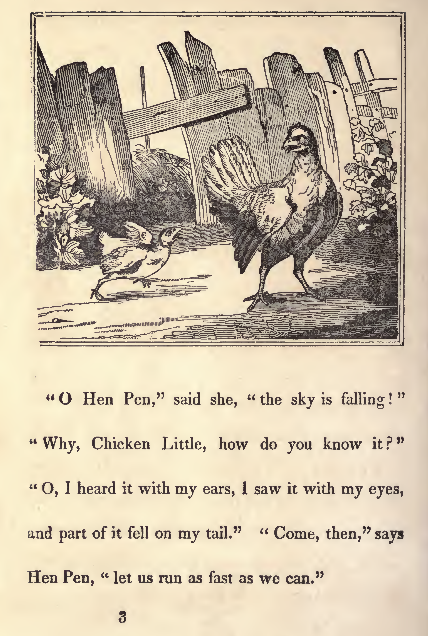Guest post by Pearce Edwards and Daniel Arnon
In recent months, a wave of mass protests has broken out in different countries around the world. From separatist conflict in Catalonia, demands for government reform in Lebanon and Iraq, anger at persistent inequality in Chile, and resistance to a darkening political and economic future in Hong Kong, citizens are mobilizing en masse in an effort to change the political landscape.
Many of these protest movements use a variety of tactics simultaneously. For example, The Guardian described October 27 protests in Catalonia as “a largely peaceful gathering of an estimated 350,000 pro-independence supporters” followed by a smaller gathering in which “protesters [threw] bottles, balls and rubber bullets at officers.” In Lebanon on October 26, the Washington Post described protesters chanting “peaceful, peaceful” as security forces arrested them, yet also cited “clashes,” which injured a number of people in the north of the country.
Government responses to the protests have varied; at times governments have exhibited contradictory responses in a matter of days. In Chile, President Sebastián Piñera initially said that his regime was “at war with a powerful enemy” before backtracking and promising a “new social contract” involving welfare reform and the formation of a new government. In Lebanon, protests were initially met with repression, as security forces detained hundreds of protesters in the first week of unrest. Within days, however, the governing coalition showed signs of collapsing, as a key party quit. On October 29, Lebanese Prime Minister Sa’ad Hariri bowed to public pressure and stepped down.
How should protests that are both violent and nonviolent be framed?
These events pose challenges for media outlets and news consumers in how best to understand what is happening on the ground. Media outlets, for example, must choose how to frame and characterize protest movements: choosing a single headline or image with which to convey the most important information about the events.
These frames almost inevitably focus on one aspect of protests at the expense of others. After international media covered protesters in Lebanon forming a human chain to escalate pressure on the government, Lebanese activist Nadim Kobeissi sarcastically tweeted: “so glad it only took eleven days for foreign press to start reporting the protests as they really are, instead of posting photos of burning tires and armed clashes!”
In Chile, the international media frequently shifted the frames it used to describe the protests. Consider the Associated Press: on October 21, headlines focused on “violent clashes.” On October 23, writers focused on how “protests raged” across the country. By October 25, headlines shifted to focus more on the peaceful nature of the protests, saying “masses of Chileans [jammed] the capital.”
Why framing matters for the legitimacy of protests
The way protests are framed and characterized in media reports of protest matters. Research shows that nonviolent protest tactics are more successful than violence, in part because of the moral character and legitimacy conferred on nonviolent protesters by the public, which makes it harder for the government to crack down. But as recent events in Chile, Lebanon, and beyond show, protests can be simultaneously violent and nonviolent. Burning tires and clashes with police occur alongside millions of other protestors undertaking principled nonviolent action such as marches and strikes. Under these conditions, media outlets and reporters face a difficult dilemma: should the headline focus on violence or nonviolence?
Our research finds that these decisions have important implications for the public’s perception of protest events. We conducted survey experiments in Israel and the United States that presented respondents with realistic information about protests in their country. However, we presented participants with different details about the event: some respondents read about a violent protest that included armed clashes, while others read about an explicitly non-violent protest in which participants gathered in a human chain and chanted slogans.
Did the different frames matter? Respondents who read about violent protests—which included threats of physical harm to persons or property—were much more likely to call those protests violent and to support increased repression of protesters by security forces. In particular, respondents’ support for police actions to round up and arrest participants increased by at least 10 percent.
Additionally, we prompted respondents with various identity cues to assess variation in preferences based on the identity of protesters. When protesters were from a social out-group relative to the respondent, respondents were no more likely to call the protest violent, but they were more willing to see protesters punished for their actions by the security forces. This finding held regardless of whether the protest was described as more or less violent.
What do these findings suggest about protest movements in the current news cycle? In short, the content the public consumes—even a single news article—about protest events can create significant shifts in opinion. Our findings show that focusing on the violent aspects of a protest that also includes mass nonviolent action could undermine the public support that is critical for the movement’s success.
Finally, a focus on protester violence may play into the hands of authoritarian governments whose interest is to delegitimize protest movements that challenge their authority: China, for example, made it clear that it wanted foreign reporters to frame Hong Kong protests as carried out by a radical fringe movement. Other research shows that coverage of protest in non-democracies tends to exhibit a status-quo bias which favors governments, including emphasizing the violent actions of resistance movements. More generally, news producers and consumers should consider the political implications of how they cover and digest information about protests.
Pearce Edwards and Daniel Arnon are PhD candidates in the Department of Political Science at Emory University.

